
The World’s First Beauty Contest Took Place on Mount Ida (Kaz Dağları)
A mythological judgment that sparked the Trojan War and defined divine beauty…
The majestic Kaz Mountains — known in antiquity as Mount Ida — are not only famed for their natural beauty but also for their place in Greek mythology. According to ancient legends, the first beauty contest in history took place on these very slopes, judged by none other than the Trojan prince Paris.
The Goddesses Compete for the Golden Apple
The myth begins when Zeus, king of the gods, hosts a grand banquet to celebrate the wedding of Thetis and Peleus, the future parents of the warrior Achilles. All the gods are invited—except for Eris, the goddess of strife and discord. Enraged, she crashes the party and throws a golden apple inscribed with the words: “To the fairest.”
Three goddesses immediately claim the apple:
- Hera, queen of the gods
- Athena, goddess of wisdom and war
- Aphrodite, goddess of love and beauty
Unable to choose between them, Zeus delegates the decision to Paris, known for his fairness and impartiality.

Paris’s Famous Judgment on Mount Ida
Guided by the messenger god Hermes, the three goddesses arrive on Mount Ida, located in modern-day Kaz Dağları. After bathing in a sacred spring to enhance their beauty, each goddess tries to bribe Paris:
- Hera promises him dominion over Europe and Asia.
- Athena offers unmatched wisdom and military prowess.
- Aphrodite tempts him with the love of the most beautiful woman in the world — Helen of Sparta, wife of the Greek king Menelaus.
Swayed by Aphrodite’s charm, Paris gives her the golden apple. This decision enrages Hera and Athena, who vow to take revenge on Paris and his people.
From Beauty Contest to War
Soon after, Paris travels to Sparta and abducts Helen, sparking the legendary Trojan War. His decision—known as The Judgment of Paris—is not just a key moment in mythology but also considered the first recorded beauty contest in human history.
Kaz Mountains: Where Myth Meets Nature
Today, the Kaz Dağları National Park, declared a protected area in 1994, spans over 20,935 hectares. The mountain is located 123 km from Çanakkale and 92 km from Balıkesir, standing as the highest point on the Biga Peninsula. Beyond its mythological significance, the area attracts visitors for its rich biodiversity, hiking trails, and historical resonance.
The mythological context and narrative in this article are informed by the following academic reference:
Duymaz, A. (2001). An Evaluation on the Legends of Mount Ida and Sarıkız. Balıkesir University Journal of Social Sciences, Volume 4, pp. 96–97.
Leman Altuntaş/Arkeonews
You may also like
Related posts:
- The Eleusinian Mysteries and the Demeter-Kore Relief: A Glimpse into Ancient Sacred Rituals
- “Game[in]g Problems” Exhibition in Elche: Video Games Redefine History
- Excavations at Tell Abu Saifi Reveal Ancient Egypt’s Strategic Eastern Defense Systems
- The World’s First Beauty Contest Took Place on Mount Ida (Kaz Dağları)
- Gruesome Maya Ritual Sacrifices Unearthed in Guatemala’s ‘Cave of Blood’
- Saudi Arabia’s Ancient Rock Inscriptions in Hail Trace the Origins of Arabic Civilization
- The Druid Understanding of the Universe: Cosmic Transformation and the Circular Cycle of Time
- Early Paleolithic Artifacts Unearthed on Iran’s Makran Coast
- Sokolac Fortress in Bosnia and Herzegovina Stands as a Silent Witness to Centuries of History
- Mithra: The Rising Sun God of Persian Mythology
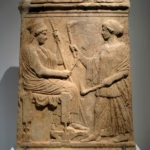



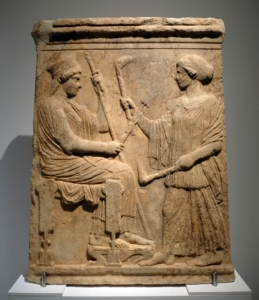
!["Game[in]g Problems" Exhibition in Elche: Video Games Redefine History](http://ancientist.com/wp-content/uploads/2025/05/POSTER_Gameing_Problems_Historytelling-300x300.avif)
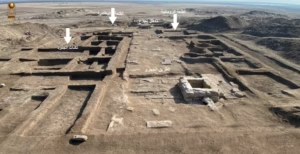


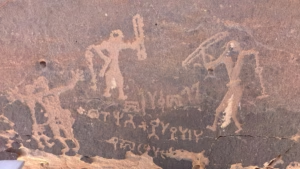


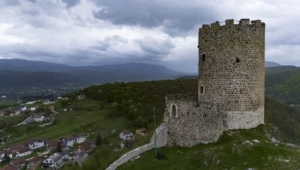
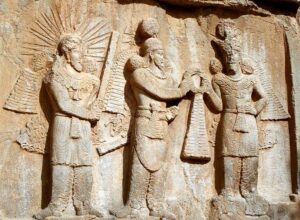
Leave a Reply